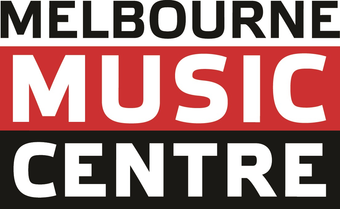Microphones are the gateway to capturing the pure essence of sound. Whether you're a podcasting aficionado, a live performer, or an audio enthusiast, understanding the differences between dynamic and condenser microphones can greatly impact your audio production. In this blog post, we delve into the intricacies of these two microphone types, explore their general uses, and shed light on which one may be better suited for podcasting or live performances. So, let's embark on this sonic journey and unravel the secrets of microphones.
Dynamic Microphones: Dynamic microphones are renowned for their ruggedness and versatility. They employ a simple yet effective design that utilizes electromagnetic induction to generate an audio signal. A dynamic microphone consists of a diaphragm attached to a coil suspended within a magnetic field. When sound waves hit the diaphragm, it vibrates, causing the coil to move within the magnetic field, thereby generating an electrical current.
General Uses: Dynamic microphones excel in capturing loud sounds and high sound pressure levels (SPL). Their robust construction makes them ideal for live performances, such as concerts and gigs, where durability and resistance to handling noise are crucial. Dynamic microphones are also commonly used for broadcasting, interviews, and outdoor recordings, as they can effectively isolate the desired sound source and reject ambient noise.
Podcasting Application: For podcasting, dynamic microphones are often the preferred choice due to their excellent off-axis rejection. They are less sensitive to background noise, making them ideal for recording in less acoustically-treated environments. Dynamic microphones are also forgiving when it comes to vocal proximity, allowing hosts and guests to maintain consistent audio quality, even when varying distances from the microphone.
Condenser Microphones: Condenser microphones, also known as capacitor microphones, offer exceptional sensitivity and capture a wide frequency range. They employ an advanced design that utilizes a charged diaphragm and a backplate to create a variable capacitor. When sound waves hit the diaphragm, it vibrates, changing the capacitance and generating an electrical signal.
General Uses: Condenser microphones are highly regarded for their ability to capture subtle details and nuances. They excel in studio recordings, voiceovers, and acoustic performances where capturing the full range of frequencies and delicate nuances is crucial. Condenser microphones are also widely used for capturing vocals, acoustic instruments, and solo performances.
Podcasting Application: In podcasting, condenser microphones can deliver pristine audio quality and capture the richness of voices. They are particularly suitable for controlled recording environments, such as dedicated studios or quiet rooms, where background noise can be minimized. Condenser microphones offer a broader frequency response and higher sensitivity, allowing hosts and guests to capture the finer nuances of their voices.
Live Performance Application: While condenser microphones are more commonly associated with studio recordings, they can also be used in live performances, especially in well-controlled and acoustically-treated venues. However, they may require additional care to prevent feedback issues and handling noise due to their increased sensitivity.
Conclusion: When it comes to microphones, the choice between dynamic and condenser ultimately depends on your specific needs and the intended application. Dynamic microphones offer durability and versatility, making them suitable for live performances and scenarios where noise rejection is crucial. On the other hand, condenser microphones excel in capturing delicate details and are often favored in controlled recording environments.
By understanding the characteristics of dynamic and condenser microphones, you can make an informed decision and select the microphone that best suits your podcasting or live performance requirements. Whichever path you choose, these remarkable tools will undoubtedly amplify your voice and elevate your audio production to new heights.

